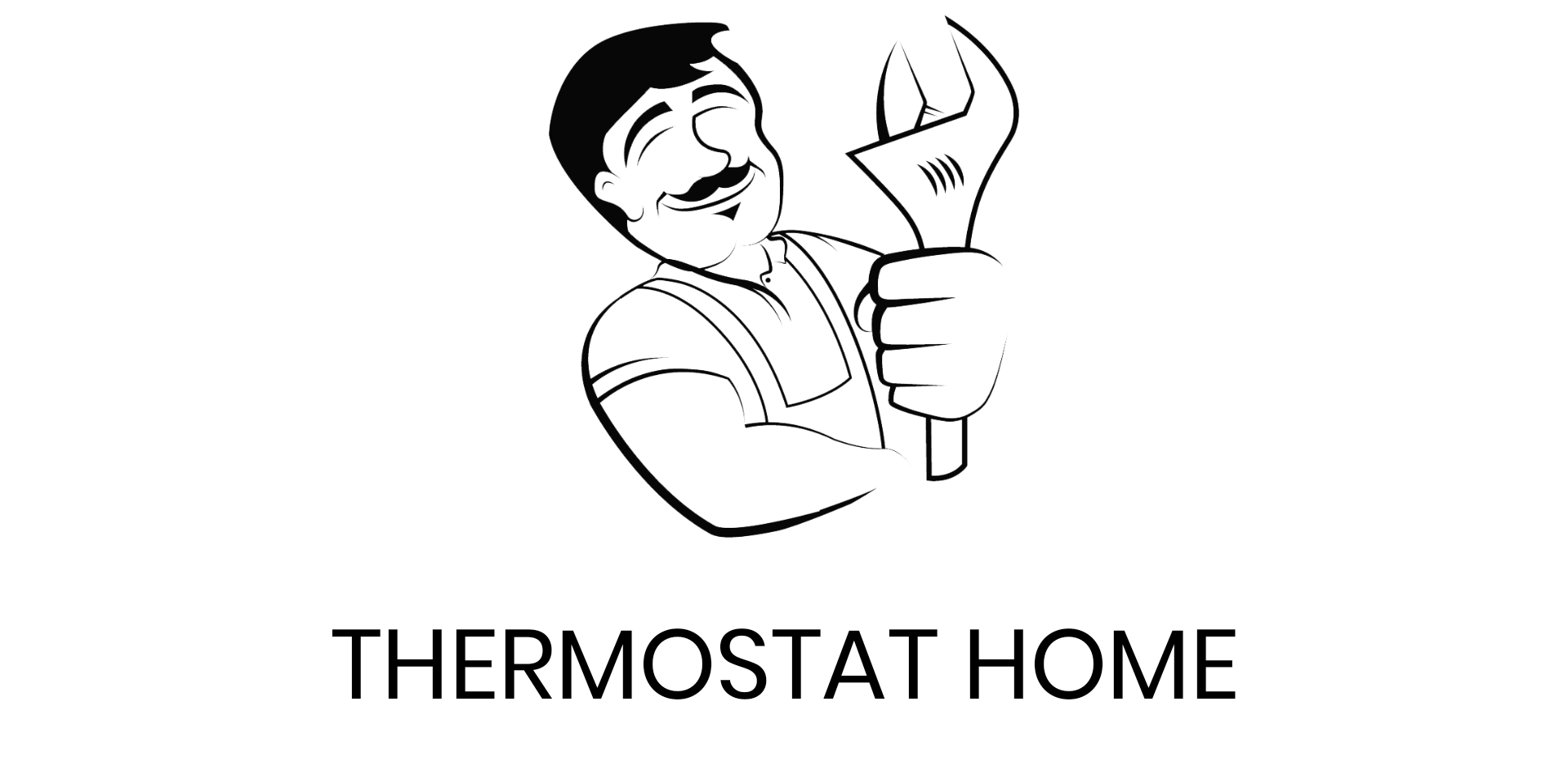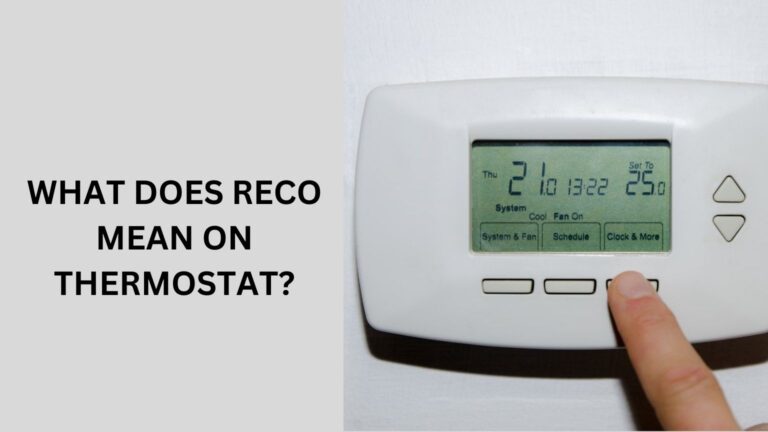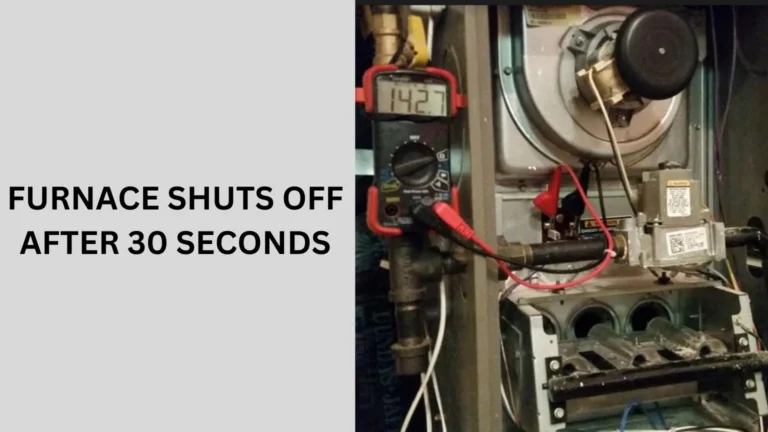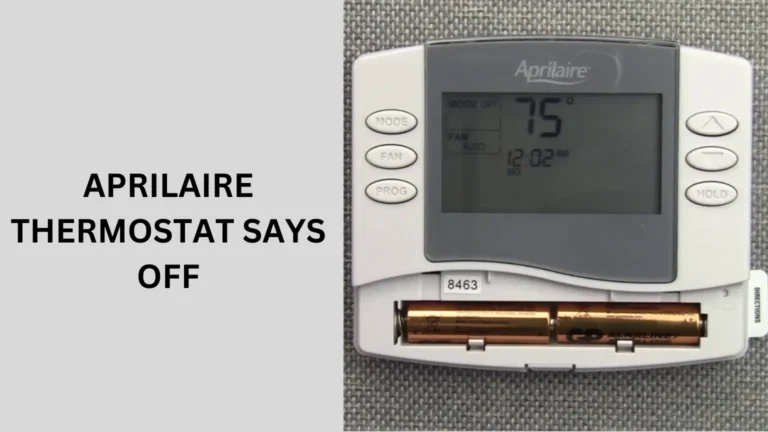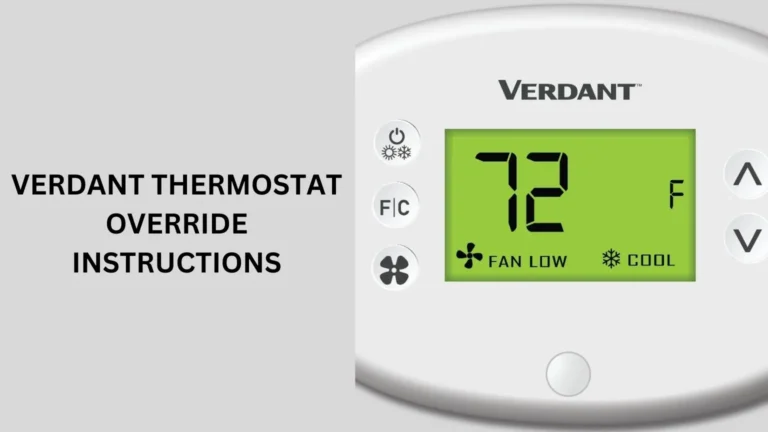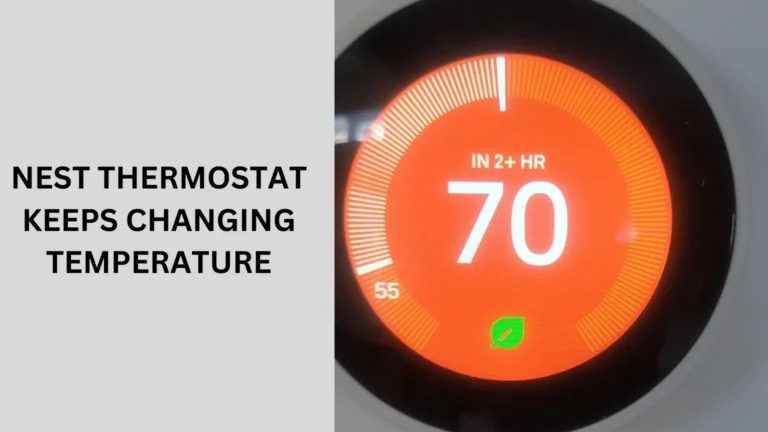Carrier Furnace Code 33: Causes and Steps to Troubleshoot
When your Carrier furnace displays Code 33, it’s a signal that something isn’t working as it should.
Understanding what this code means and how to address it can save you from potential discomfort during cold weather.
Here’s everything you need to know about Carrier Furnace Code 33 and how to handle it effectively.
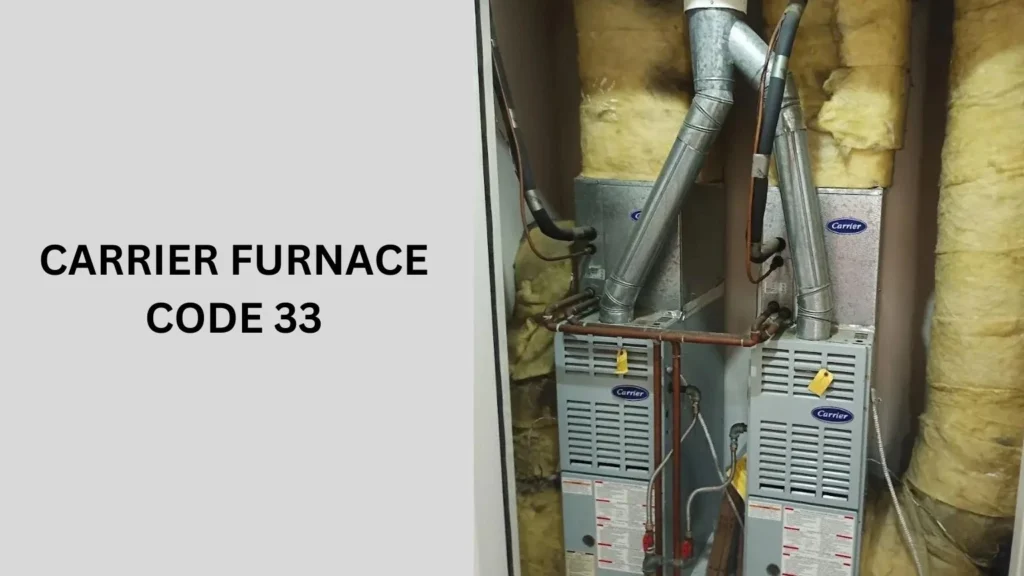
What Does Carrier Furnace Code 33 Mean?
Carrier Furnace Code 33 indicates that the furnace’s limit switch has been tripped during the heating cycle.
This can happen due to various reasons, primarily related to problems with the furnace’s ignition or venting system.
When the limit switch trips, it interrupts the furnace’s operation to prevent overheating or other safety issues.
Common Causes of Carrier Furnace Code 33
Carrier Furnace Code 33 can be triggered by several underlying issues. Here are some of the most common causes:
Ignition Failure
One of the primary causes of Carrier Furnace Code 33 is ignition failure. This occurs when the furnace fails to ignite the burner during the heating cycle, often due to issues with the ignition system components such as the igniter or gas valve.
Pressure Switch Issues
Another common culprit behind Code 33 is pressure switch problems. The pressure switch ensures that the furnace venting system is functioning correctly by detecting proper airflow. Issues with the pressure switch, such as a blockage or malfunction, can trigger Code 33.
Venting Problems
Poor venting or blockages in the venting system can also lead to Carrier Furnace Code 33. Improper venting can cause the furnace to overheat or not operate efficiently, triggering the limit switch to trip and display the error code.
How to Identify Carrier Furnace Code 33
Identifying Carrier Furnace Code 33 involves checking for specific indicators and understanding how your furnace communicates errors. Here are the steps to accurately identify this code:
Diagnostic LED Lights
Many Carrier furnaces come equipped with diagnostic LED lights. These lights blink in specific patterns to indicate various error codes. Here’s how to use them to identify Code 33:
- Locate the Diagnostic LEDs: Typically found on the control board inside the furnace.
- Count the Blinks: Observe the LED lights and count the number of blinks in a sequence. Carrier furnaces usually use a repeating pattern of blinks to signify different codes.
- Consult the Manual: Refer to your furnace’s user manual or a troubleshooting guide to match the blink pattern to the error code. For Code 33, you’ll see a specific blink pattern that corresponds to this error.
Error Code Display
Some Carrier furnaces feature a digital display that shows error codes directly. Here’s how to read and interpret these displays:
- Check the Display Panel: Look for a small screen or display panel on the furnace, often located on the control board or the front of the unit.
- Read the Error Code: When an issue arises, the display will show an error code. For Code 33, you’ll see “33” displayed.
- Additional Messages: Sometimes, additional messages or icons may accompany the code, providing more context or instructions for troubleshooting.
User Interface on Thermostat
Advanced thermostats connected to your Carrier furnace can also display error codes. Here’s how to use them:
- Access the Diagnostics Menu: Navigate to the diagnostics or error code section on your thermostat’s interface.
- View Error Codes: Look for any displayed error codes. Code 33 will be listed if that’s the current issue.
- Refer to the Thermostat Manual: Use the thermostat’s user guide to interpret the error codes and follow any suggested troubleshooting steps.
Identifying Carrier Furnace Code 33 Accurately
By understanding how to read diagnostic LED lights, error code displays, and thermostat interfaces, you can accurately identify Carrier Furnace Code 33.
This code specifically indicates that the furnace’s limit switch has been tripped, usually due to issues with ignition, venting, or airflow.
Prompt identification is the first step towards effective troubleshooting and ensuring your furnace operates safely and efficiently.
Steps to Troubleshoot Carrier Furnace Code 33
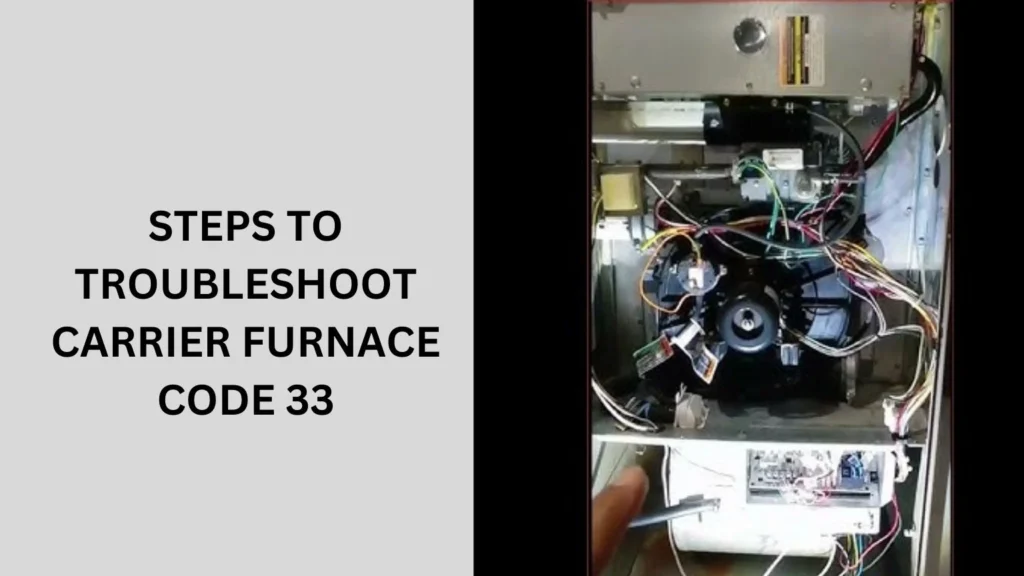
Troubleshooting Carrier Furnace Code 33 involves a systematic approach to identify and resolve the issues causing the limit switch to trip.
Here are the steps to help you troubleshoot and fix this error:
Check Ignition System
Start by inspecting the furnace’s ignition system. Ensure that the igniter is functioning correctly and that the gas valve is opening as it should. Clean any debris or buildup around these components that could hinder ignition.
Inspect Pressure Switch
Next, check the pressure switch for any obstructions or defects. Test the switch according to the manufacturer’s instructions to verify proper operation. Replace the pressure switch if necessary to resolve Code 33.
Verify Venting
Inspect the furnace venting system for blockages or restrictions. Clear any debris or obstructions that could prevent proper airflow. Ensure that the venting meets the manufacturer’s specifications for length, diameter, and termination.
Professional Repair Options
If troubleshooting steps do not resolve Carrier Furnace Code 33, it may be time to contact a qualified HVAC technician. Professional technicians have the expertise and tools to diagnose and repair complex furnace issues effectively.
Contacting HVAC Technician
Schedule a service call with a licensed HVAC technician who specializes in Carrier furnace repairs. They can perform advanced diagnostics and recommend the best course of action to resolve Code 33.
Warranty Considerations
Check your furnace’s warranty status before proceeding with repairs. Some components or issues related to Code 33 may be covered under the manufacturer’s warranty, potentially reducing repair costs.
Preventive Maintenance Tips
Keeping your Carrier furnace in top condition can prevent issues like Code 33 from occurring. Here are some key preventive maintenance tips to ensure your furnace operates efficiently and reliably:
Regular Inspections
Perform regular inspections of your Carrier furnace to catch potential issues early. Look for signs of wear, corrosion, or buildup that could lead to operational problems, including Code 33.
Cleaning and Maintenance Schedule
Follow a cleaning and maintenance schedule recommended by Carrier to keep your furnace in optimal condition. Clean filters, check vents, and inspect components according to the manufacturer’s guidelines.
People also ask
How do I fix code 33?
To fix Carrier Furnace Code 33:
Reset the Furnace: Turn off the furnace for a few minutes, then restart it.
Check Ignition Components: Inspect and clean the igniter and flame sensor.
Inspect Venting: Ensure vents are clear of obstructions.
Test Pressure Switch: Verify proper operation or replace if necessary.
Consult Professional: If issues persist, contact an HVAC technician for further diagnosis and repair.
What is the code 3 short 3 long on a carrier furnace?
The code “3 short 3 long” on a Carrier furnace typically indicates an error related to the pressure switch or venting system.
This error pattern suggests a problem with airflow or pressure detection, which can prevent the furnace from operating safely and efficiently.
It’s advisable to check the venting for blockages and ensure the pressure switch is functioning correctly.
If issues persist, contacting a qualified HVAC technician for diagnosis and repair is recommended.
What are code 13 and 33 on furnace?
Code 13 on a furnace typically indicates a limit switch lockout due to an overheating condition, often caused by restricted airflow or a dirty air filter.
Code 33 indicates a limit switch lockout due to inadequate combustion air.
Both codes require checking and clearing any obstructions in the venting system, ensuring proper airflow, and possibly replacing a malfunctioning limit switch or pressure sensor.
If issues persist, contacting a professional HVAC technician for further diagnosis and repair is recommended.
How to clear error code on carrier furnace?
To clear an error code on a Carrier furnace:
Turn Off the Furnace: Switch off the furnace using the power switch or thermostat.
Wait: Leave the furnace off for at least 30 seconds to reset its internal sensors.
Restart: Turn the furnace back on. The error code should clear if the issue was temporary or has been resolved.
Monitor: Observe the furnace operation to ensure the error code does not reappear. If it does, further troubleshooting may be necessary, potentially requiring professional assistance.
Conclusion
In Conclusion, Understanding Carrier Furnace Code 33 is crucial for maintaining your furnace’s performance and safety.
By identifying the causes, troubleshooting effectively, and seeking professional assistance when needed, you can keep your Carrier furnace running smoothly during colder months.
